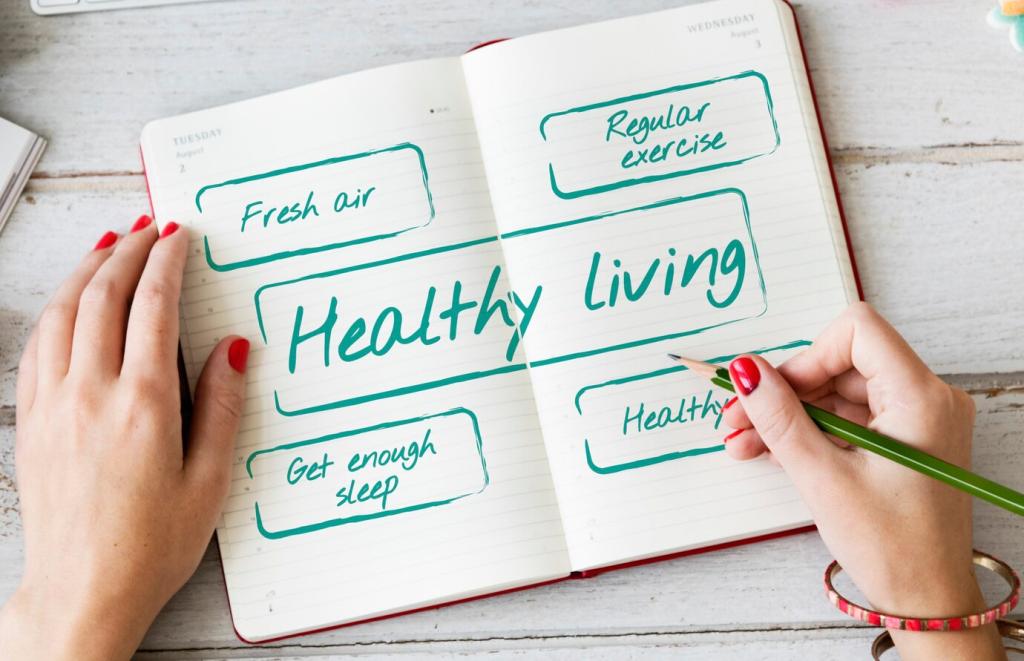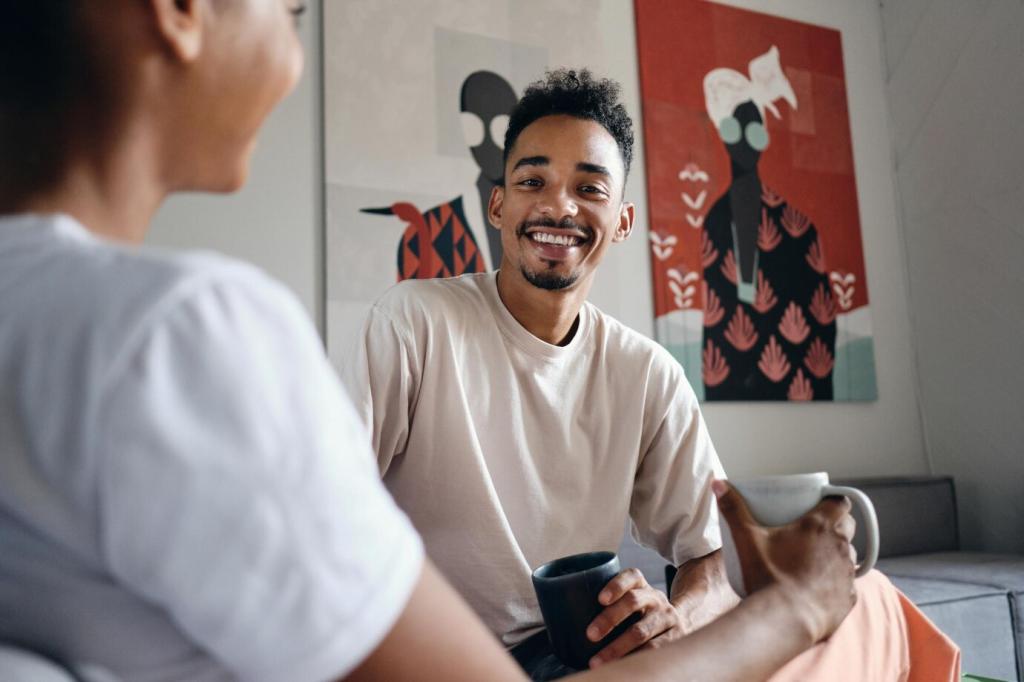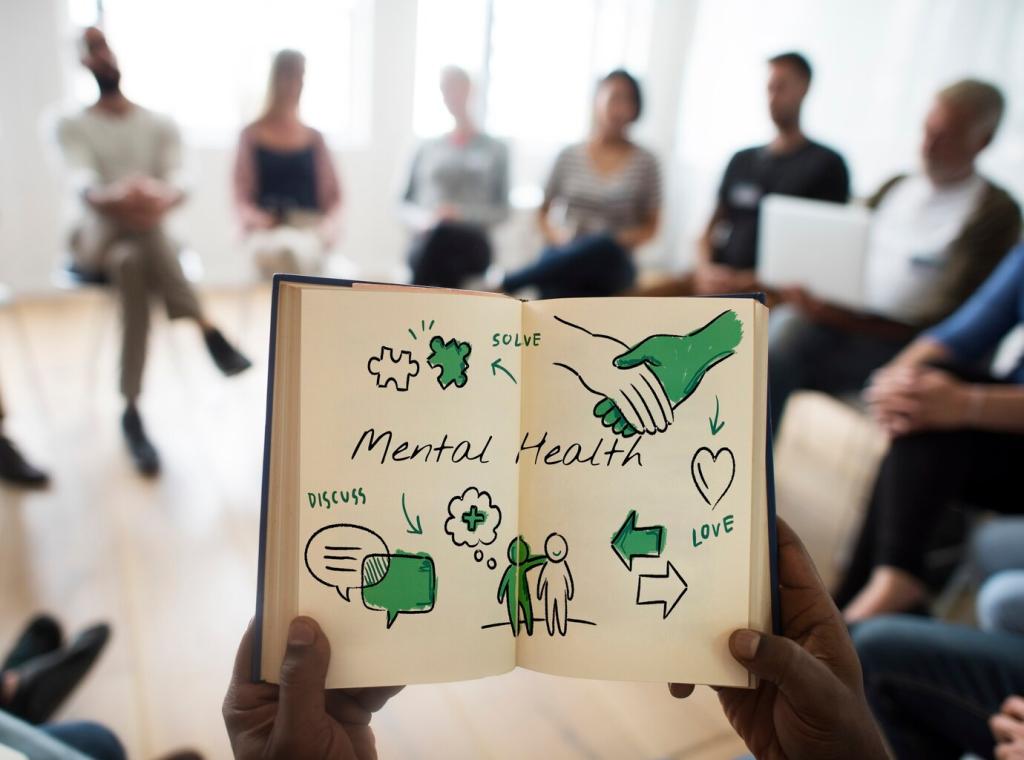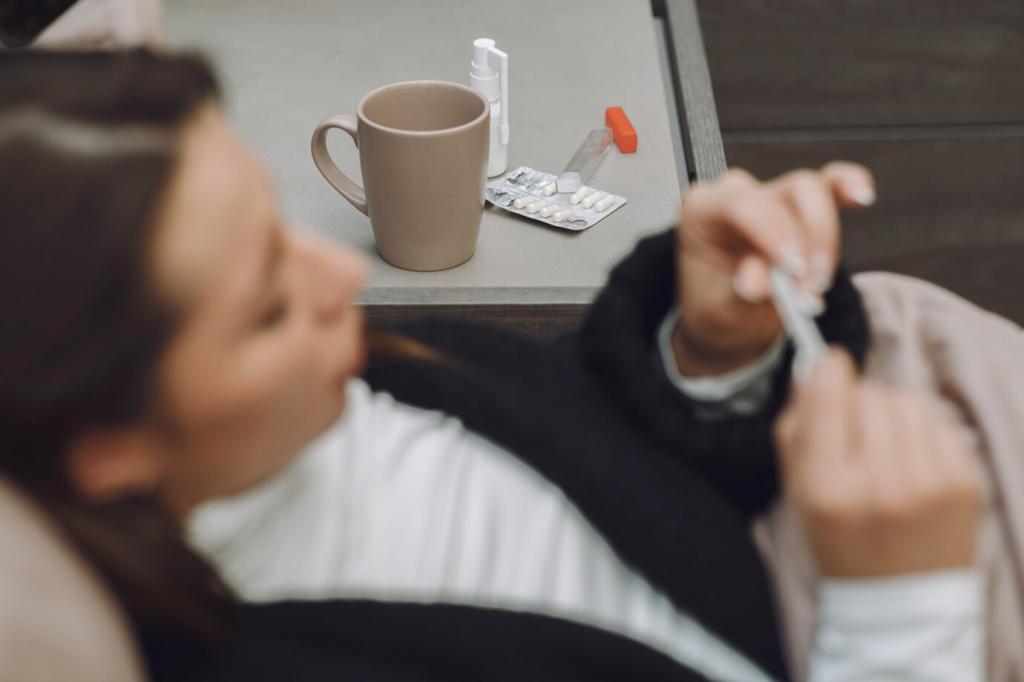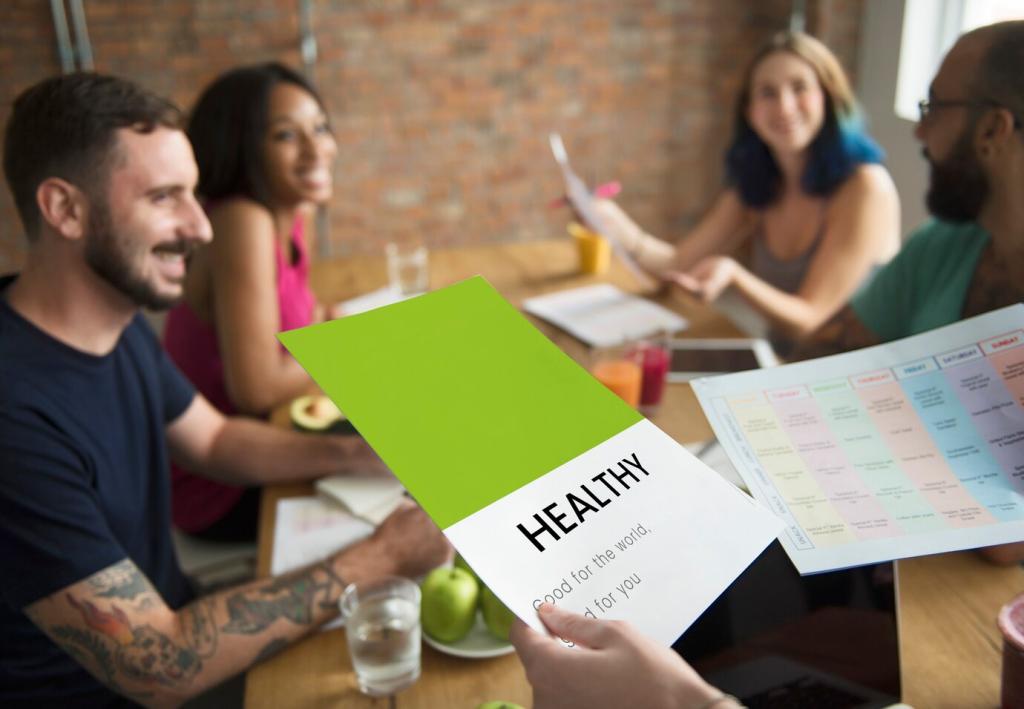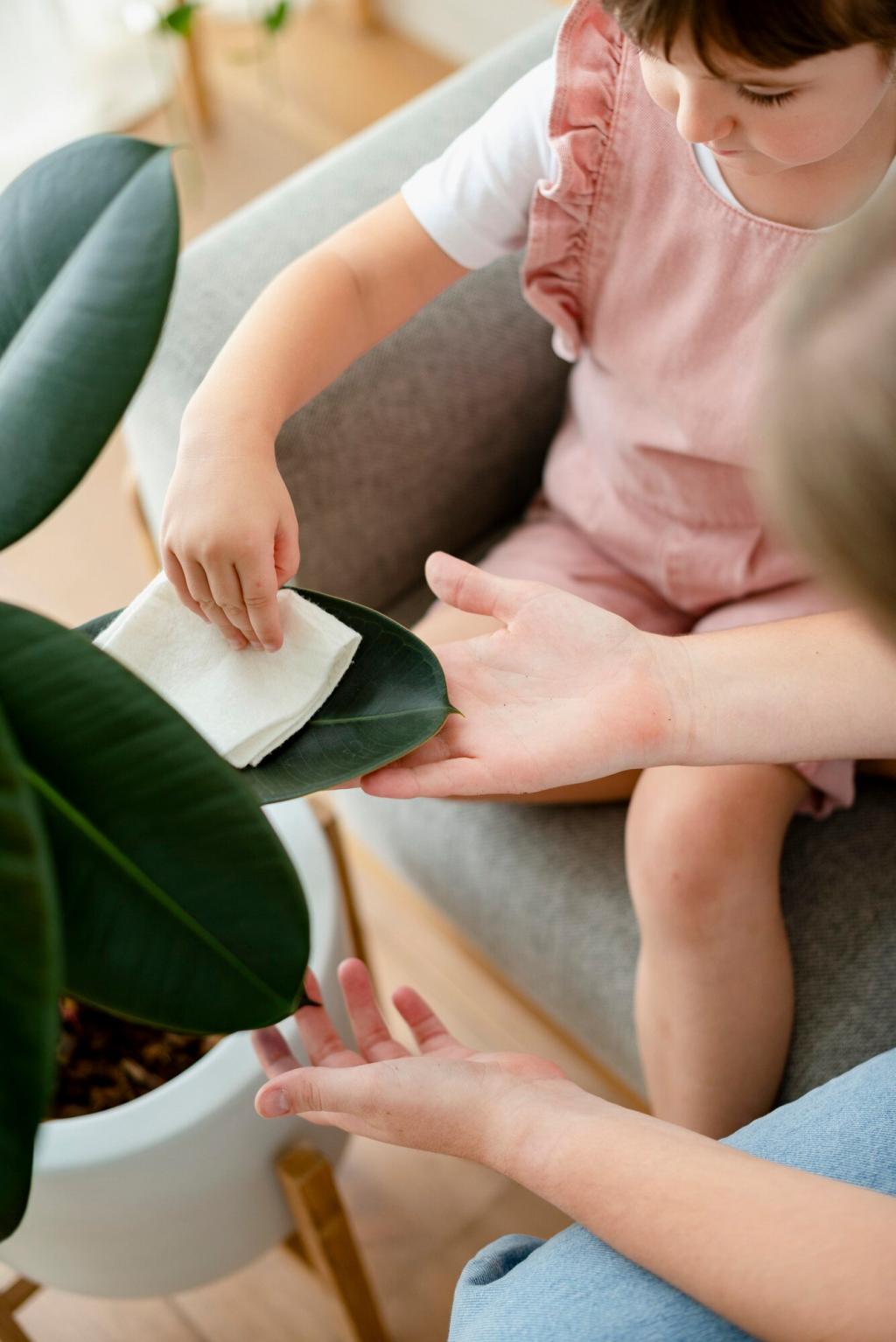Visual Journaling to Track Triggers and Triumphs
Design a legend linking marks to feelings: dots for worry, waves for relief, blocks for overwhelm. Use it daily. Over time, your pages become a map that reveals helpful anchors and moments when support mattered most.
Visual Journaling to Track Triggers and Triumphs
Sketch a seven-day spread of small boxes. Each night, fill one with color, marks, or tiny collage. Note triggers and tools used. Review on Sunday, circling what helped, and plan three gentle practices for next week.
Visual Journaling to Track Triggers and Triumphs
Share one page from your week and a single insight you learned. Ask a question you still carry. Subscribe to receive fresh prompts, compassionate check-ins, and seasonal themes that keep your journal practice tender.

